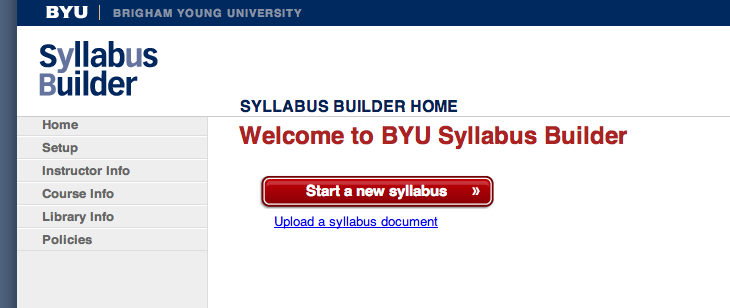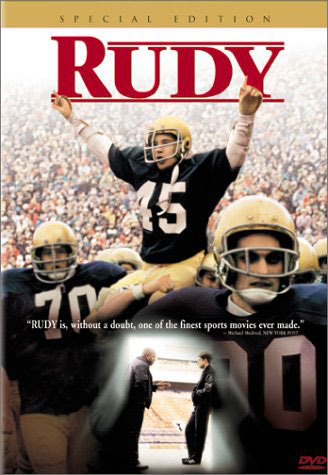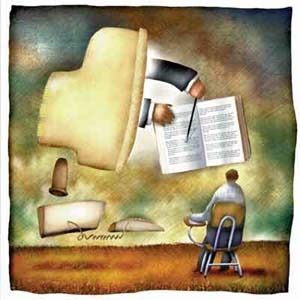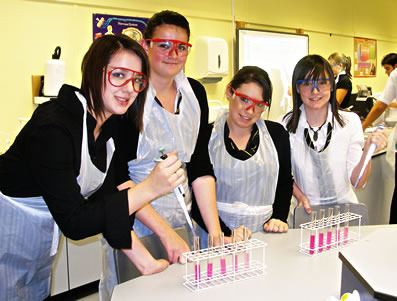All students take notes. In fact everyone takes notes. At meetings, conferences, and conventions. Or rather we are told we are supposed to. But often we are not taught how to take notes. We just know that we are bad students/attendees/workers if we don't.
Here are 4 notes taking strategies from a variety of studies (Beecher, 1998 Note-Taking) to help you be that A student you've always wanted to be.
1. Don't write down everything – A fair amount of research says this is the least effective strategy. When you are trying to record everything, you are not synthesizing or finding what is essential.
2. Notes should be considered a work in progress – Once notes are taken, they should be continually added to and revise. I know I am guilty of writing my notes once and never even looking at them again, sometimes not even for the test. Reviewing and Revising notes can help to process and internalize concepts.
3. Notes should be used as study guides for tests – another simple one, but important. If we have continually added to and revised our notes students should be able to use them as a sweet test prep. This implies that you don't cram.
4. The more notes taken the better – often times we think of notes being "brief" but studies point to the amount of info in notes and achievement. However, we can assume that those notes use these other 3 principles. Otherwise, the "best" notes would be a video recording you make of every thing ever said in the class. But when we are synthesizing, working on and revising our notes, the more we take the better.
So there you have. Now stop reading this post and start studying.







